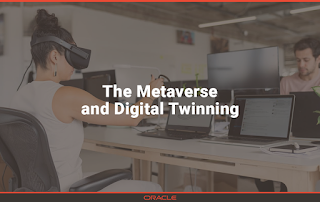Longtermism

William MacAskill introduced and defined the term longtermism as the view that positively influencing the long-term future is a key moral priority of our time. In his words — “What We Owe The Future.” His 2022 book gets into the details. His blog discusses the history of introduction and definition of the term “Longtermism”. Longtermism is a philosophical perspective that emphasizes the importance of considering the long-term consequences of our actions and decisions. It is based on the idea that the well-being of future generations is just as important as the well-being of the present generation, and that we have a moral responsibility to consider the impact of our actions on the long-term future. There are several reasons why longtermism is important. The long-term consequences of our actions are often much more significant than the short-term consequences. For example, the choices we make today about climate change and the environment will have a muc...








